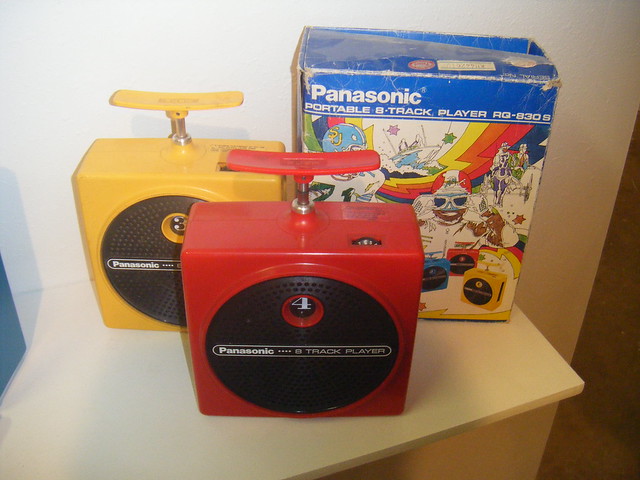With metal tape, frequency response is essentially flat from 20-20,000Hz.
Jeff
Wow that must be some mighty awesome tape machine! 20-20,000Hz flat?
REALLY???? If you can provide some objective measurement of that
(at operating level of course), I'd like to show that to my studio Ampex 1/2 track 15ips machine - even it has a hard time pulling that off, even using studio mastering tape. And even then, I can hear tape hiss, and traces of flutter.
The thing is, with anything but machines operating at at least 15 ips or 30 ips, the recording level where response measurements are made are much less than at "0 VU". With cassettes it is normally minus 20dB, a level so low that nobody would actually use that level to make a real recording. Since cassettes on a good day have a native signal to noise ratio of around 45dB (and that is referenced
above "0VU", at the approach of tape saturation), a recording at minus 20dB would have a signal to noise ratio of around
20dB. That of course is totally unlistenable. If you tried to record a response measurement at the real operating level on a cassette machine, you would be lucky to get to 5kHz before massive saturation effects would bring the party to an abrupt halt. That's the reality, even with metal tape.
Its a miracle that cassettes sound as good as they do, to be generous. While I absolutely love the magnetic tape medium, I'm realistic enough to acknowledge that it is deeply flawed. At 15 ips and especially at 30 ips using extremely wide tracks, really fine performance can be had, but even then it does not approach digital in any respect. And of course digital has its own problems.
In some ways, disc recording and reproduction is capable of better performance, at least in some ways, but that's too big a subject to get into.


